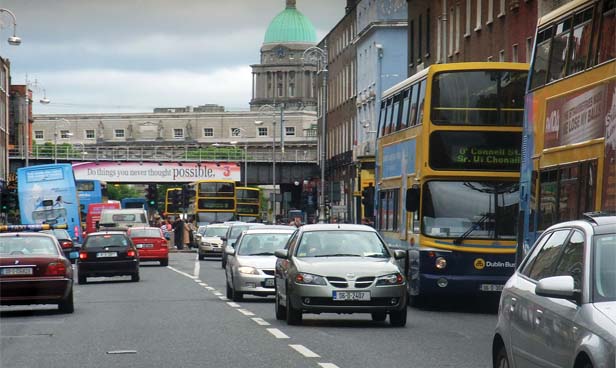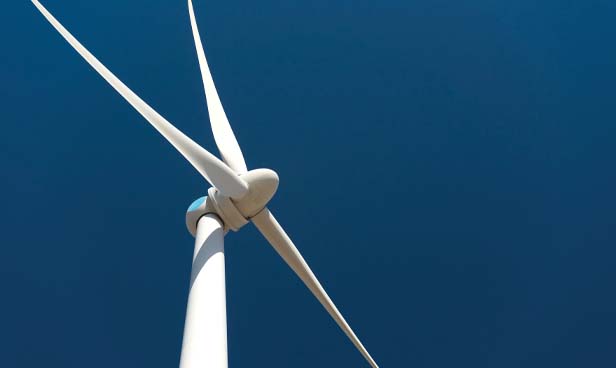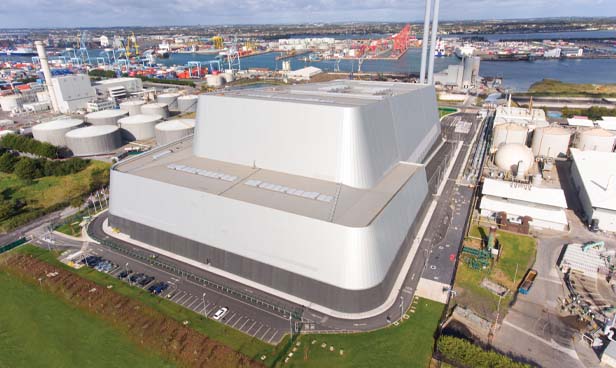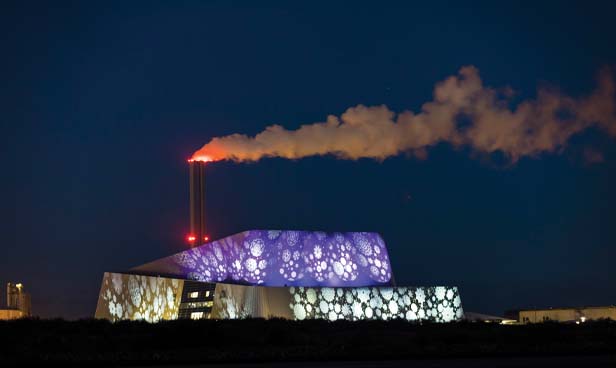
Transport: Avoid, shift and improve
5th October 2021
Roadmap for clean energy outlined
5th October 2021A practical solution in the fight against climate change

The Irish electricity sector has changed significantly over the past 10 years and is totally unrecognisable from 20 years ago. At the turn of the century, a state-owned incumbent operated a fleet of gas, coal, and oil plant, with large scale non-fossil fuel generation just a flicker in a futurologist’s eye. The decarbonisation agenda was simply not on the agenda.
Today, onshore wind generation is the growth story of the electricity market while fossil fuel-based technologies are in retreat. Change is also happening in another essential service to society which is supporting baseload power generation: the waste industry. While there is a slogan that everyone knows, reduce, reuse, recycle, another R-word, recovery needs to be added to the lexicon. Dublin Waste to Energy is the largest facility of its kind in Ireland, treating 600,000 tonnes of residual municipal solid waste (‘MSW’) every year, some 35 per cent of the country’s MSW. Its waste treatment operation recovers valuable energy from non-recyclable waste and puts it back into the circular economy as sustainable fuel for baseload power generation. Now in its fifth year of operation the facility has become a critical part of Ireland’s waste management infrastructure.
The best way to protect and improve our environment makes use of practical technologies. There is no option but to rapidly accelerate toward sustainable energy and Waste to Energy is currently the best practical environmental option available for MSW. It is not just part of the EU Energy Union, but is at the heart of the circular economy, utilising waste and reducing greenhouse gas emissions by not simply disposing of waste into landfill.
This is because the key benefit of Waste to Energy is, contrary to landfill, it doesn’t generate methane in its combustion process. While carbon generates the headlines, one of the fastest, most cost-effective strategies to rapidly reduce the rate of warming is to target methane. All greenhouse gases are bad since they trap heat in the atmosphere, but methane is especially nasty. If released without being burned, it has over 80 times the warming impact of CO2 over the first 20 years after it reaches the atmosphere. Acting now to reduce methane has immediate benefits to the climate that reductions in carbon dioxide cannot provide on their own.
If society is serious about using practical solutions in the fight against climate change, then Waste to Energy is a vital part of the decarbonisation toolbox.
Demand for electricity is continuing to rise, and with the advance of electric vehicles and data centres will continue to do so. For transport, for heating and for data, electricity is key to driving positive change in our society. But the growth in the energy sector brings about conflicting challenges, and advancing decarbonisation, digitalisation and decentralisation requires us to recall the golden rules of a healthy energy system.
The simple objectives of a healthy energy system, namely that of energy security, energy sustainability and energy ‘equity’ (accessibility and affordability) make up the energy ‘trilemma’. The World Energy Council puts Ireland 17th on its international league table to gauge performance against the trilemma, granting us grade ‘A’ for both equity and sustainability, but only a ‘C’ grade on energy security.
“Cutting methane is the strongest lever we have to slow climate change over the next 25 years.”
— Inger Andersen, Executive Director of UN Environment Programme
2021 has been a remarkable year for electricity security in Ireland. The year began with a backdrop of poor thermal reliability of an ageing fleet and amber alerts as the system’s ability to meet rising electricity demand was stretched.
European commodity prices, buoyed by increasing demand and poor gas availability, saw markets rising to multi-year highs, and as a result the bar for the record daily electricity price in Ireland was pushed higher, time and time again. Gas prices and coal prices have now hit ten-year highs, and carbon prices have never been higher.
The limited interconnection to Great Britain (a market that faces the same issues of tight generation supplies and a high level of wind penetration similarly correlated to the conditions here) can sometimes alleviate the pressure on the system here, but this is not guaranteed and can occasionally drive further system shortages. Wind generation, while usefully overperforming at times of system stress earlier in the year, was often absent during the recent summer months. All this has led to a strange and unusual combination of record power prices during the summer months of low electricity demand. Waste to Energy is filling the gap providing a source of baseload power generation.
Waste to Energy is therefore vital, in that it offers a dispatchable, reliable and local source of power generation from a predominantly renewable fuel. It offers greenhouse gas savings not just from landfill diversion but also as a substitute for fossil fuels. It is a technology designed to operate baseload on a 24/7 basis to facilitate the seamless integration of two essential services, processing non-recyclable waste from communities across Ireland as a valuable resource rather than something to be discarded. In other words, Waste to Energy is an example of joined-up thinking which is precisely what the EU Circular Economy Action Plan is designed to promote.
To ensure practical implementation of the Circular Action Plan, it is therefore contingent upon the regulatory bodies in Ireland to ensure good, progressive initiatives are not undermined. Rulemaking in a vacuum will lead to suboptimal outcomes. For example, requiring Waste to Energy plants to dispatch down may offer a slither of additional flexibility in the electricity market, but impacts significantly on an essential sanitary service, bringing large levels of disruption to waste processing capacity for the nation more generally.
Waste to Energy, in addition to its primary objective to treat residual non-recyclable waste in a safe and secure manner, plays a pivotal role in moving toward a resource-efficient, low-carbon circular economy. Considering the Government’s 2030 emissions objectives and the aspirations beyond, Dublin Waste to Energy will continue to support these ambitious targets.
Dublin Waste to Energy provides practical proven solutions to waste disposal through recovery. It is part of the wider national effort powering the transition to a decarbonised economy whilst maintaining a secure supply of baseload electricity 24 hours a day, seven days a week.
Dublin Waste to Energy Ltd.
Pigeon House Road, Dublin 4
T: 01 6032 100
E: dublininfo@covanta.com


